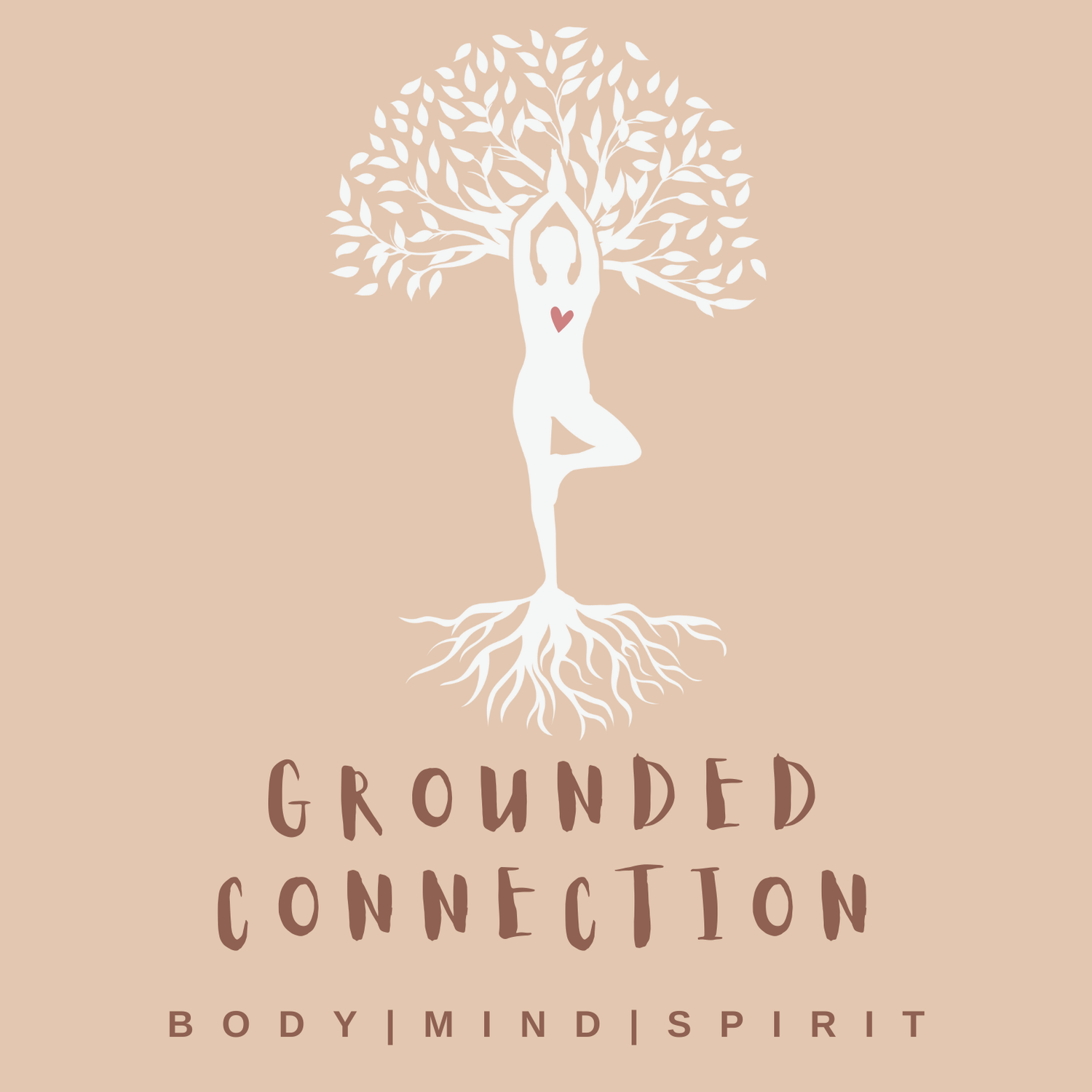Coming to Voice in Female Survivors of Child Sexual Abuse
Survivor Discourse
The term survivor opposed to victim is sometimes adopted by those who have redefined their experience of child sexual abuse and can accompany public testimony. During the second wave of feminism which began in the 1960s, women began gathering and sharing personal stories about sexual abuse and other traumatising experiences. On January 24th, 1971, the New York Radical Feminist group held their first ‘speak-out’, a public gathering where women shared their stories. Many events followed including public marches and community poetry readings and publications. Public testimony was presented as key to the politicisation of child sexual abuse and women were encouraged to understand child sexual abuse as a political issue. Many survivors experience an internal conflict and tension when seeking a safe space to speak out and carry the awareness of exclusion and denial that can follow. Coming to voice is multifaceted and complex; speaking out involves a risk, to speak the survivor must challenge perpetrator threats, societal taboo and give up protections that have enabled their survival such as, forgetting, denial and dissociation. Newsom and Myers-Bowman (2017) undertook phenomenological interviews with 6 female survivors to explore how they develop resilience. There were several themes identified including a reclamation of personal power, developing self-awareness, a willingness to press into the pain, forgiveness of self for harmful choices made in the past, embracing sexuality, letting go of victim mentality, authenticity in relationships and self-advocacy. The research provided a positivist approach to life after trauma and participants felt ‘relieved’, ‘thankful’, ‘refreshed’ and ‘empowered’ by this approach. There is limited research into how survivors experience positive long-term outcomes and develop resilience however attention to positive outcomes could provide an alternative narrative and provide a roadmap for other survivors who feel lost and instil hope.
Cultures of silence mean missed opportunities to have important conversations making it hard for survivors to come to voice. Silencing can occur due to trauma related shame and a societal patriarchal narrative rooted in systemic power. However the language of ‘treatment’ often infantilises survivors, is pathological, emphasises fragility and those who reveal themselves risk the abuse becoming a crux of their identity. I call for a survivor-centred epistemology that is orientated towards recognising strengths as well as injuries, culturally inclusive, recognises the diversity of ways survivors come to voice and builds on the wisdom of survival. Trauma can dominate the early stages of identity and how one experiences themselves and the world however as the abuse is externalised and survivors abandon responsibility for what was done to them, they can start to appreciate their strengths. It has been suggested that survivorship is helpful at an early stage of recovery however may become oppressive as it is associated with abuse and therefore still a stigmatised identity. Phillips and Duniluk (2004) undertook phenomenological interviews to explore how 7 female survivors experience their identity at the end of their therapeutic process and identified 5 themes; a congruent internal and external persona, self-awareness and allowing other aspects of themselves to emerge, a more optimistic worldview, an acceptance of grief, and a sense of resilience. Phillips and Duniluk concluded that by referring to women as survivors we may be sentencing them to an identity defined by the abuse rather than celebrating other aspects of their life and identity. Continued in-depth research with women who have experienced child sexual abuse will help to validate and refine themes. Furthermore, there is a gap in the literature exploring the experience of coming to voice for survivors of marginalised groups such as LGBTQ+ and black & brown communities.
References
ARMSTRONG, L., 1978. Kiss Daddy Goodnight: A Speak Out on Incest. New York, USA: Hawthorn Books.
BASS, E and DAVIS, L., 1988. The Courage to Heal: A Guide for Women Survivors of Child Sexual Abuse. New York, USA: Harper Perennial.
CONNELL, N and WILSON, C., 1974. Rape: The First Sourcebook for Women. By New York Radical Feminists. New York, USA: New American Library.
GILFUS, M. E., 1999. The Price of the Ticket: A Survivor-Centred Appraisal of Trauma Theory. Violence against Women (online). 5 (11), pp. 1238-1257.
HERMAN, J. L and HIRSCHMAN, L., 1981. Father-Daughter Incest. London, UK: Harvard University Press.
MARTIN, B and MOHANTY, C. T., 1986. Feminist Politics: What’s Home Got to Do with It? In: DE LAURENTIS, T, ed. Feminist Studies/Critical Studies. Indiana, USA: Indiana University Press. Pp. 191-202.
NAPLES, N., A., 2003. Deconstructing and Locating Survivor Discourse: Dynamics of Narrative, Empowerment, and Resistance for Survivors of Childhood Sexual Abuse. Journal of Women in Culture and Society (online). 28 (4), pp. 1151–1185.
NEWSOM, K and MYERS-BOWMAN, K., 2017. ‘I am not a Victim. I am a Survivor’: Resilience as a Journey for Female Survivors of Child Sexual Abuse. Journal of Child Sexual Abuse (online). 26 (8), pp. 927-947.
PHILLIPS, A and DANILUK, J. C., 2004. Beyond ‘’Survivor’’: How Childhood Sexual Abuse Informs the Identity of Adult Women at the End of the Therapeutic Process. Journal of Counselling & Development (online). 82, pp. 177-184.
RUSSELL, D. E. H., 1986. The Secret Trauma: Incest in the Lives of Girls and Women. New York, USA: Basic Books.
SANDERSON, J and WEATHERS, M. R., 2019. Every Time Someone Comes Forward, It Makes It Easier for the Next Survivor to be Heard: Sport as a Triggering Agent to Break the Silence of Child Sexual Abuse. Communication Quarterly (online). 67 (3), pp. 333-353.

